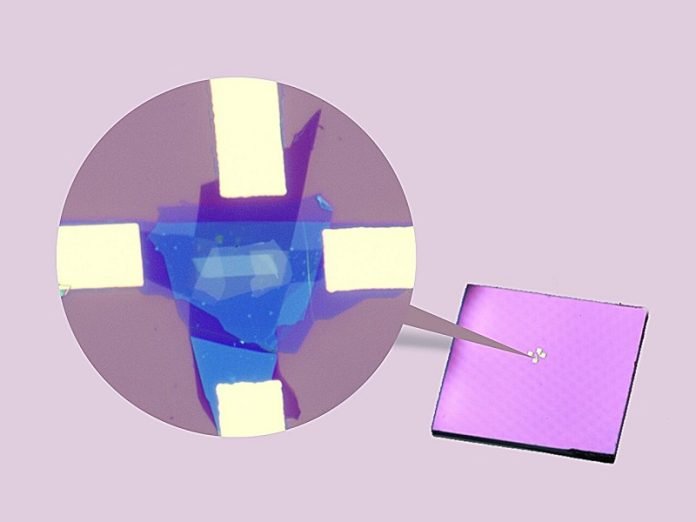
Researchers at the Ningbo Institute of Materials Technology and Engineering (NIMTE) of the Chinese Academy of Sciences, in collaboration with the University of Electronic Science and Technology of China and Fudan University, have made an exciting discovery.
They have developed a new kind of ferroelectric material that doesn’t wear out over time, known as a fatigue-free ferroelectric material.
This discovery, based on a concept called sliding ferroelectricity, was recently published in the prestigious journal Science.
Ferroelectric materials are special because they have a property called spontaneous polarization. This means that their internal electric field can be reversed by applying an external electric field.
This unique feature makes them incredibly useful in various technologies, including non-volatile memory, sensors, and devices that convert energy from one form to another.
However, there’s a big problem with traditional ferroelectric materials.
As they are used, the constant switching of their polarization – their ability to change the direction of their internal electric field – causes them to wear out or become “fatigued.”
This fatigue leads to their performance getting worse over time, eventually causing devices that use these materials to fail. This limitation has been a significant hurdle in their widespread practical use.
To tackle this issue, the researchers developed a new kind of ferroelectric system that avoids this fatigue. They created a device using a bilayer of a material called 3R-MoS2, which was made using a method known as chemical vapor transport.
In tests, this new device showed remarkable durability.
Even after being switched on and off 1,000,000 times with varying pulse lengths from 1 millisecond to 100 milliseconds, the device’s polarization – and therefore its memory – remained intact. This performance is a significant improvement compared to commercial ferroelectric devices, which typically wear out much faster.
The secret to this new material’s durability lies in its structure.
Using advanced machine-learning models to perform theoretical calculations, the researchers discovered that the fatigue-free nature of this sliding ferroelectricity is due to its stable charged defects, which do not move. These defects play a crucial role in maintaining the material’s performance over time.
This breakthrough provides a promising solution to the long-standing problem of performance degradation in conventional ferroelectric materials.
With this new fatigue-free ferroelectric material, we can expect more reliable and longer-lasting devices for a variety of applications, from memory storage to advanced sensors and beyond.
This innovative development opens up new possibilities for the future of technology, making it an exciting time for researchers and tech enthusiasts alike.



